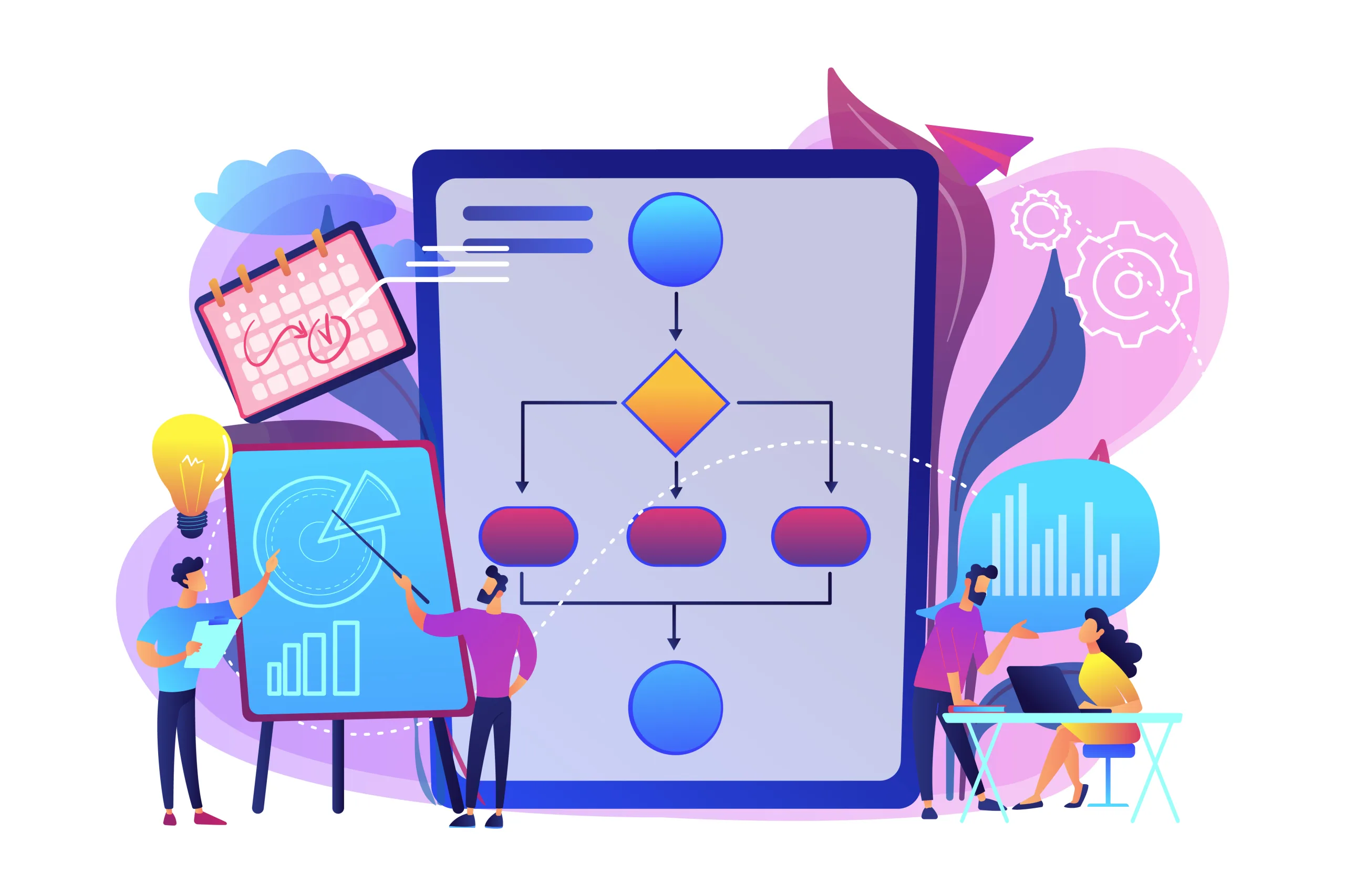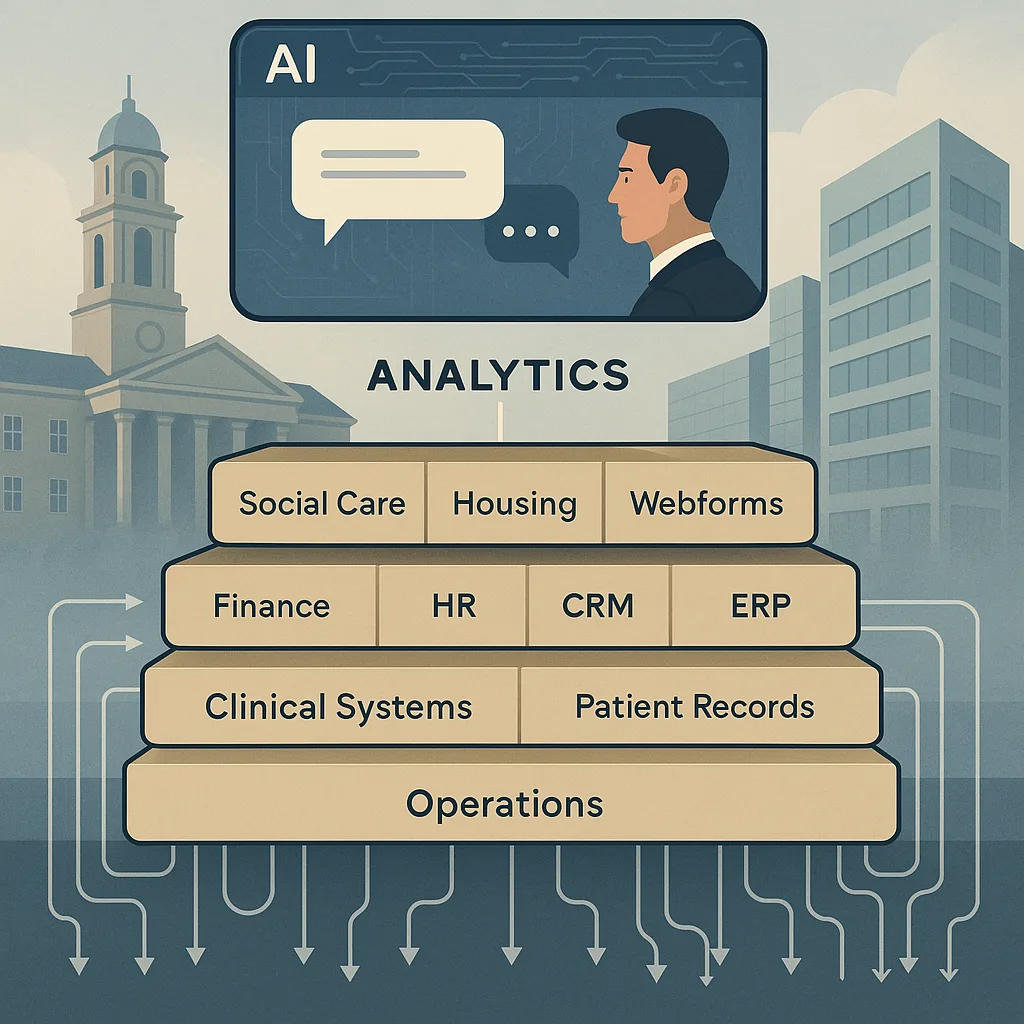
From Inbox to Insight: Why Council Leaders Need Daily Analytics at Their Fingertips
In the fast-moving world of local government, waiting for answers is no longer an option. Whether you’re leading a unitary authority or chairing a cabinet portfolio, the decisions you make today shape the lives of thousands tomorrow. Yet too often, those decisions are made with partial, outdated, or second-hand information.
It’s time to change that.
The Power of Daily Insight
Imagine starting your day with a clear, independent view of your council’s performance—updated overnight and ready on your desktop. No chasing reports. No waiting for teams to compile spreadsheets. Just the facts, presented clearly, across the services you’re accountable for: Adult Social Care, Children’s Services, Homelessness, SEND, Finance, Workforce, and Travel to School.
This is the promise of embedded analytics—insight that’s always on, always current, and always aligned to your statutory responsibilities.
Why It Matters
According to the Ada Lovelace Institute, data analytics in local government enables earlier interventions, more tailored services, and better forecasting of future demand. The Local Government Association’s Better Use of Data Programme reinforces this, highlighting how councils that embed data into daily decision-making improve service design, accountability, and transparency.
Yet many executives still rely on ad hoc briefings or delayed reports. This creates a dependency on interpretation—often filtered through layers of operational complexity. What if, instead, you could see the same data your teams see, in real time, with the context you need to act?
Independent, Not Interpreted
One of the most powerful aspects of daily analytics is its independence. It doesn’t rely on someone else’s summary or assumptions. It gives you the raw, structured truth—allowing you to ask better questions, challenge assumptions, and spot trends before they become problems.
As Nesta’s research notes, councils that embrace data see a £4 return for every £1 spent on geo-spatial analytics alone. But the real value isn’t just financial—it’s strategic. It’s about knowing where your pressures are building, which services are under strain, and where policy is (or isn’t) delivering impact.
From Reactive to Proactive Leadership
The Ministry of Housing, Communities & Local Government (MHCLG) has consistently pointed to the need for councils to move from reactive to proactive service delivery. In their Local Digital blog, they highlight how councils like Stockport and Westmorland & Furness are using data to identify vulnerable households and respond faster in emergencies.
This isn’t just about dashboards—it’s about leadership. When insight is embedded into your daily routine, it becomes part of your culture. You stop asking for updates and start asking better questions.
What Next?
If you’re a council executive still relying on monthly reports or verbal updates, it’s time to rethink your approach. Daily analytics isn’t a luxury—it’s a leadership tool. It empowers you to:
- Monitor statutory services in real time
- Understand cost and demand pressures as they emerge
- Collaborate with officers using a shared view of the facts
- Make faster, more confident decisions
And perhaps most importantly, it frees your teams from reactive reporting—so they can focus on delivering outcomes, not chasing data.




